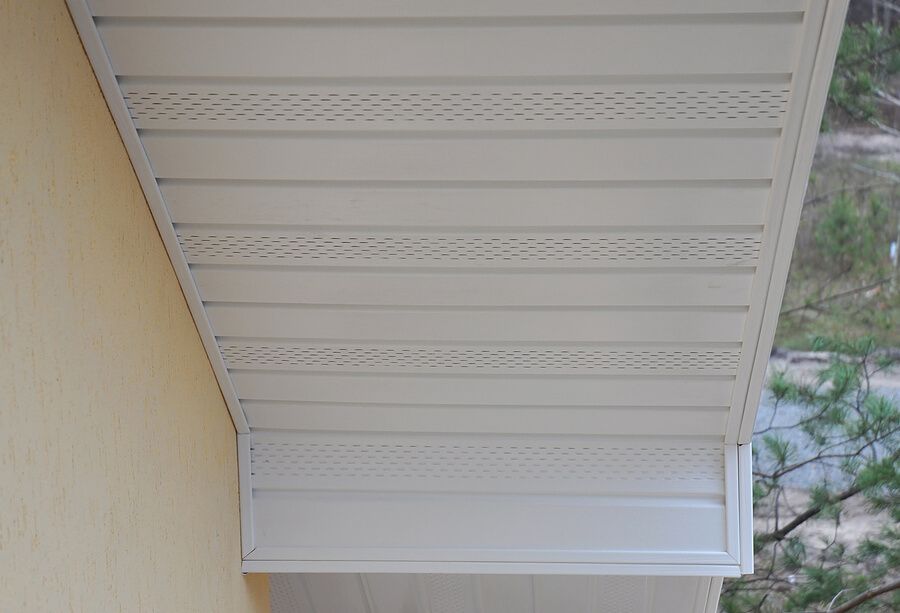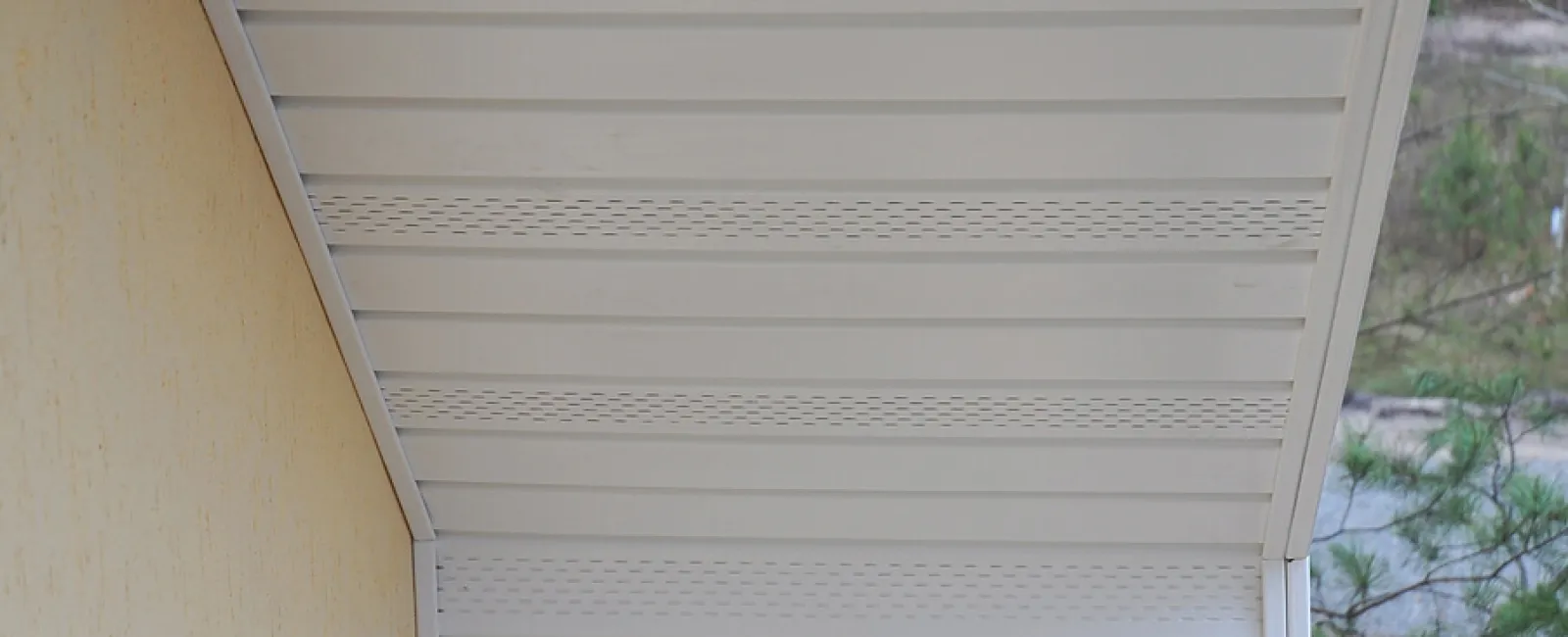When researching roof maintenance, you will undoubtedly encounter the term "soffit." More than just a finishing touch, roof soffits are a critical component of your roofing system, playing a vital role in your home's protection, ventilation, and curb appeal. Whether you're building, remodeling, or repairing, understanding what soffits are and why they matter is essential. Let's explore everything you need to know about them.

What are roof soffits?
A roof soffit is the finished surface or paneling on the underside of your roof's overhang—the area also known as the eaves. If you stand next to your house and look up at the edge of the roof, the soffit is the material you see covering the exposed rafters or trusses. Its primary functions are twofold:
- Aesthetics: Soffits conceal the bare, unsightly roof beams, providing a clean, finished look to your home's exterior. They come in various styles and colors to match your home's siding and trim for a cohesive appearance.
- Protection: Soffits protect the underside of your roof deck and rafters from the elements. They act as a barrier, preventing wind, rain, and snow from blowing into the attic and blocking pests and insects from nesting in the eaves.
What are the parts called on the soffit for residential roofs?
The soffit is part of a larger system that makes up your roof's eaves. Understanding these components helps clarify their collective function. When looking at a roof's edge, these are the main parts you will see:
- Soffit: The horizontal panel that covers the underside of the roof overhang.
- Fascia (or Fascia Board): The vertical board that runs along the roofline, capping the end of the rafters. Your gutters are typically attached to the fascia.
- Drip Edge: A metal flashing installed at the edge of the roof that directs water away from the fascia and into the gutters.
- Rafters/Trusses: The structural beams of the roof that the soffit and fascia conceal.
When discussing soffit and fascia in roof elevations (the exterior view of a building in architectural drawings), the fascia is the visible vertical band at the roof's edge, while the soffit is the horizontal surface tucked underneath it, bridging the gap between the roofline and the siding.
What are roof soffit vents?
Roof soffit vents are a crucial feature integrated into soffit panels. They are perforated or louvered sections that allow fresh, cool air to be drawn into the attic space. These vents are the "intake" part of a balanced attic ventilation system.
Proper ventilation is essential for the health of your roof and home. An overheated attic can bake your shingles from below, shortening their lifespan, and increase your energy bills as your HVAC system works harder to cool your home. In the winter, proper air circulation prevents warm, moist air from condensing on the underside of the roof, which can lead to mold, mildew, and wood rot. It also helps prevent the formation of ice dams by keeping the roof surface cold.
What materials are needed to do roof soffits?
The material you choose for your soffits impacts durability, maintenance, and appearance. Common materials include:
- Vinyl: A popular and affordable choice, vinyl soffits are low-maintenance, resistant to rot and insects, and come in various colors. However, they can become brittle in extreme cold or warp in intense heat.
- Aluminum: Lightweight, durable, and non-combustible, aluminum soffits resist rust and rot. They are a long-lasting option but can be more prone to denting than other materials.
- Wood: Wood offers a classic, traditional look but requires the most maintenance. It must be regularly painted or stained to protect it from moisture, rot, and insects. Warped or rotting panels will need periodic replacement.
- Fiber Cement: An excellent low-maintenance alternative, fiber cement is highly durable, resistant to fire, insects, and rot, and holds paint well. It's available in smooth or wood-grain finishes to match any style.
If you are replacing a roof and soffit, what do you do first?
When replacing both your roof and your soffit and fascia, the correct order is to replace the roof first.
There is a critical reason for this sequence. A key component of a new roofing system is the drip edge, a metal flashing installed at the edge of the roof deck. The drip edge must hang over the fascia board to properly direct water into the gutters and away from the wooden structures of your eaves. If you install the soffit and fascia first, the roofers may not be able to install the drip edge correctly, or the new fascia could be damaged during the roof installation. By completing the roof first, you ensure all its components are properly layered for maximum water protection before the final cosmetic and functional pieces—the soffit and fascia—are put in place.
Choose High-Quality Soffits for a Lasting Home
Soffits are more than just an aesthetic detail; they are a hardworking component of your home's defense system. By ensuring proper ventilation and protection from the elements, high-quality soffits can extend the life of your roof, lower energy bills, and prevent costly moisture damage.
At SuperiorPRO, we supply and install premium HardieSoffit® panels that combine superior ventilation with a durable, seamless finish. If you're planning an exterior renovation, contact us to see how we can help protect and beautify your home. Request a free quote today to get started on your next project.

